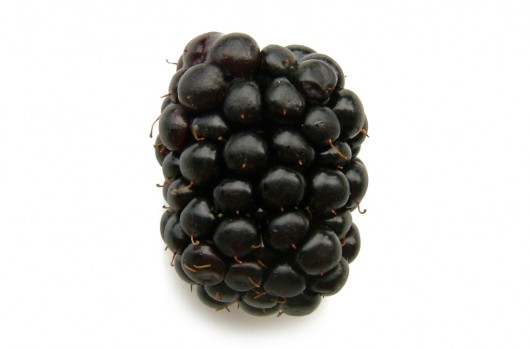Which Fruit Has The Most Zinc?
What is Zinc?
You might remember zinc from its place on the periodic table in chemistry class. Denoted with a simple ZN, this chemical element is a transition metal, like nickel, and it’s a nutrient. As a mineral, zinc becomes very soft and malleable when it’s heated, and it helps make other metals stronger. It’s also used in sunscreen, batteries and coins. This nutrient is also very important to living organisms, and in humans, it keeps more than 200 chemical reactions operating smoothly.
Zinc In Our Body
We absorb zinc from a number of different foods that we eat, such as grains and seeds. To stay healthy we need to have about 11 milligrams of zinc daily. By consuming zinc, we are able to process carbohydrates, fats, proteins, make new cells and encourage our body’s ability to heal wounds, such as cuts and bruises.
The main reason zinc is essential to the human body is that it keeps us healthier because it acts as an antioxidant, building up the body’s immune system. For pregnant women, it ensures that the baby develops as it should. It encourages the body to develop properly throughout childhood and adolescence.
When you’re not consuming enough zinc, it can affect how you taste and smell things, often resulting in a loss of appetite and weight loss. You might also suffer from hair loss, excessive acne and depression. You may notice that you have more stretch marks, that you’re sick more often and that seeing at night is more difficult.
Unfortunately, most people don’t consume the correct amount of zinc every day. However, by eating the right foods, you can change that. The result? You’ll have more energy. You’ll be sick less often. You’ll have an easier time getting pregnant. Bottom line: you can live healthier.
Top Fruits For Zinc Content
The amounts of Zinc are given for 100g of each fruit.
1 Blackberry 0,50 mg
2 Jackfruit 0,42 mg
3 Raspberry 0,40 mg
4 Pomegranate 0,40 mg
5 Pumpkin 0,30 mg
6 Blackcurrant 0,30 mg
7 Durian 0,30 mg
8 Blueberry 0,20 mg
9 Peach 0,20 mg
10 Redcurrant 0,20 mg
11 Melon (Cantaloupe) 0,20 mg
12 Guava 0,20 mg
13 Mangosteen 0,20 mg
14 Cucumber 0,20 mg
15 Carrot 0,20 mg
16 Apricot 0,20 mg
17 Fig 0,20 mg
18 Tomato 0,17 mg
19 Banana 0,15 mg
20 Kiwi 0,14 mg
21 Strawberry 0,14 mg
22 Plum 0,10 mg
23 Watermelon 0,10 mg
24 Lychee 0,10 mg
25 Cherry (sweet) 0,10 mg
26 Papaya 0,10 mg
27 Orange 0,10 mg
28 Mulberry 0,10 mg
29 Elderberry 0,10 mg
30 Grapefruit 0,10 mg
31 Passion Fruit 0,10 mg
32 Lime 0,10 mg
33 Gooseberry 0,10 mg
34 Cranberry 0,10 mg
35 Tangerine 0,07 mg
36 Lemon 0,06 mg
